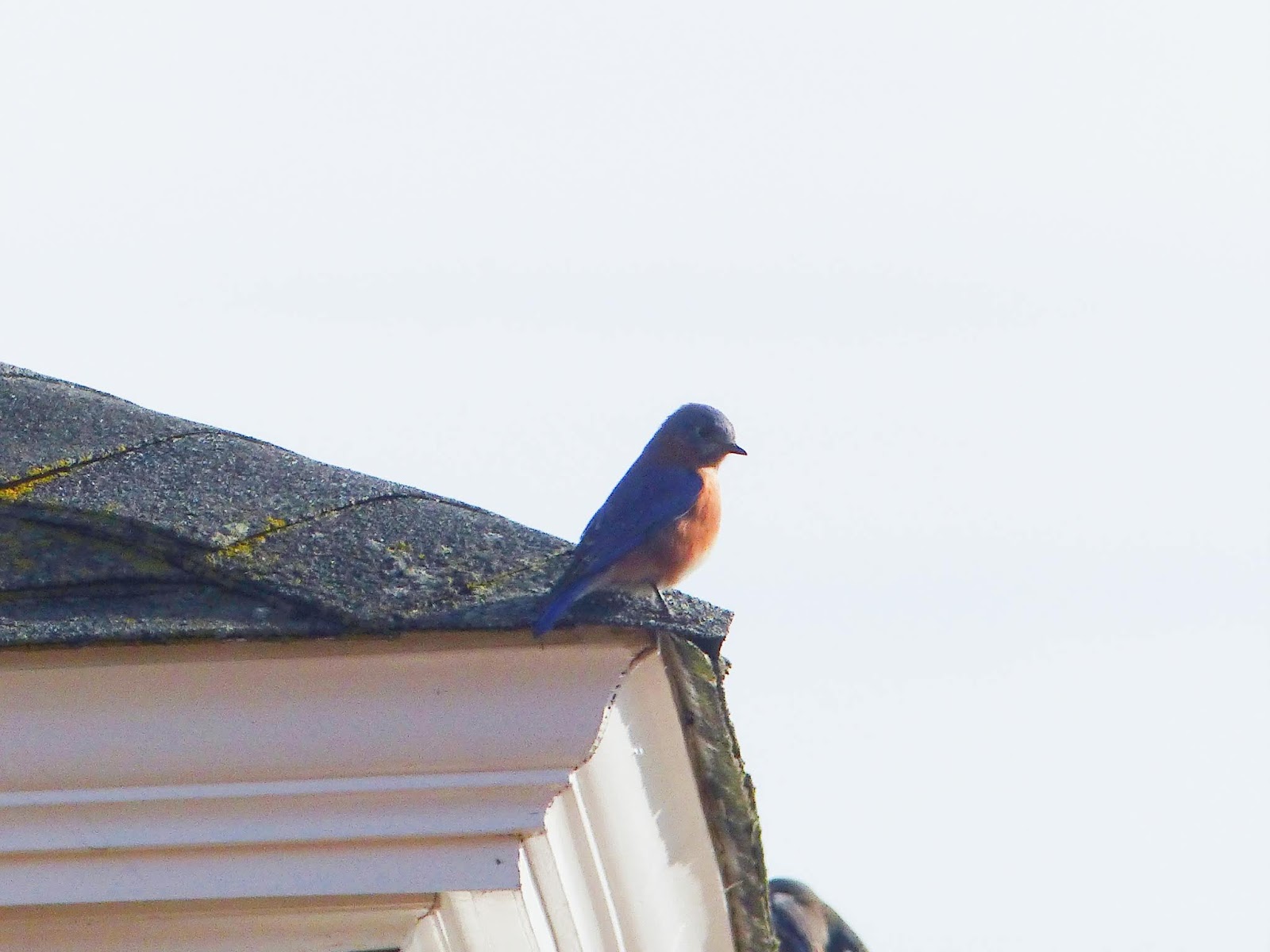January 2019: Bethpage State Park Completes Another Climate Watch Counting!
Did you know that since 2016, Audubon has organized a national program for those eager to help scientists interested in tracking the affect of climate change on birds?
Interestingly enough, this program was created as a response to a public interest; avid birders and concerned citizens had been reaching out to Audubon, specifically asking how they could get more involved in data collection and bird research. Audubon replied with a biannual opportunity called Climate Watch.
Climate Watch kicks off at the beginning of each winter and summer season. The concept of this event is simple; have volunteers focus on identifying the target species at a collection of 12 different sites (at least 200 meters apart) within a given bird habitat. Since the start of this program, Audubon has asked that participants document bluebird and nuthatch numbers. Why? Simply because these birds are easy for volunteers to identify and has a wide-spread range (which will most likely change in the upcoming years). As you can see below, here are the seven, small but colorful birds of interest:
 | ||||||||||||||||||||||||||||||||||||||||||||||||||||
(Reference from Audubon's Climate Watch Webpage)
For those that are wondering, this is Bethpage State Park's third year participating in Climate Watch. Both Irene (our park's bluebird expert/birdbox monitor) and myself (the park's ecologist) were excited to find both of the target species, out on the Black Course. Below is our birding data and notes:
As you can see above, over half of the birds we documented during the survey period, were in fact target species! Not too shabby for the wintertime! Bluebirds were found at three different points (for those of you that know our golf courses, these locations were around #6, #8 and #10 of the Black Course). Two of these locations had a decent amount of active bluebirds present. While you might notice that both observation points had 6 bluebirds noted, we believe the same individuals were not accounted for twice; this is because of the large distance in between the points as well as the strikingly different plumage color of the birds, when compared between point 6 and 9.
Bluebirds perched on the lightning shelter of our Black Course.
Perhaps bluebirds are easier to spot during the winter on bare branches.
While we already sent in the data on behalf of Bethpage State Park, you too can do the same at other locations. The survey period for this winter is still ongoing (from now, till February 15th). If you would like to join local experts or sign up as a Climate Watch coordinator yourself click here!
If you are curious about our park's previous Climate Watch data, feel free to check out this interactive map on Audubon's website. Be sure to click on the "Surveys" tab on the right hand-side, followed by the specific year and survey period you wish to view.
In addition to providing info about the number of bluebirds and nuthatches documented when and where, this map is also an informative tool to understanding which locations of the United States are becoming more or less suitable for the target species. Simply switch to the "Climate" tab and use the drop down lists to pick a target species and season. Then press "Show".
|








Comments
Post a Comment